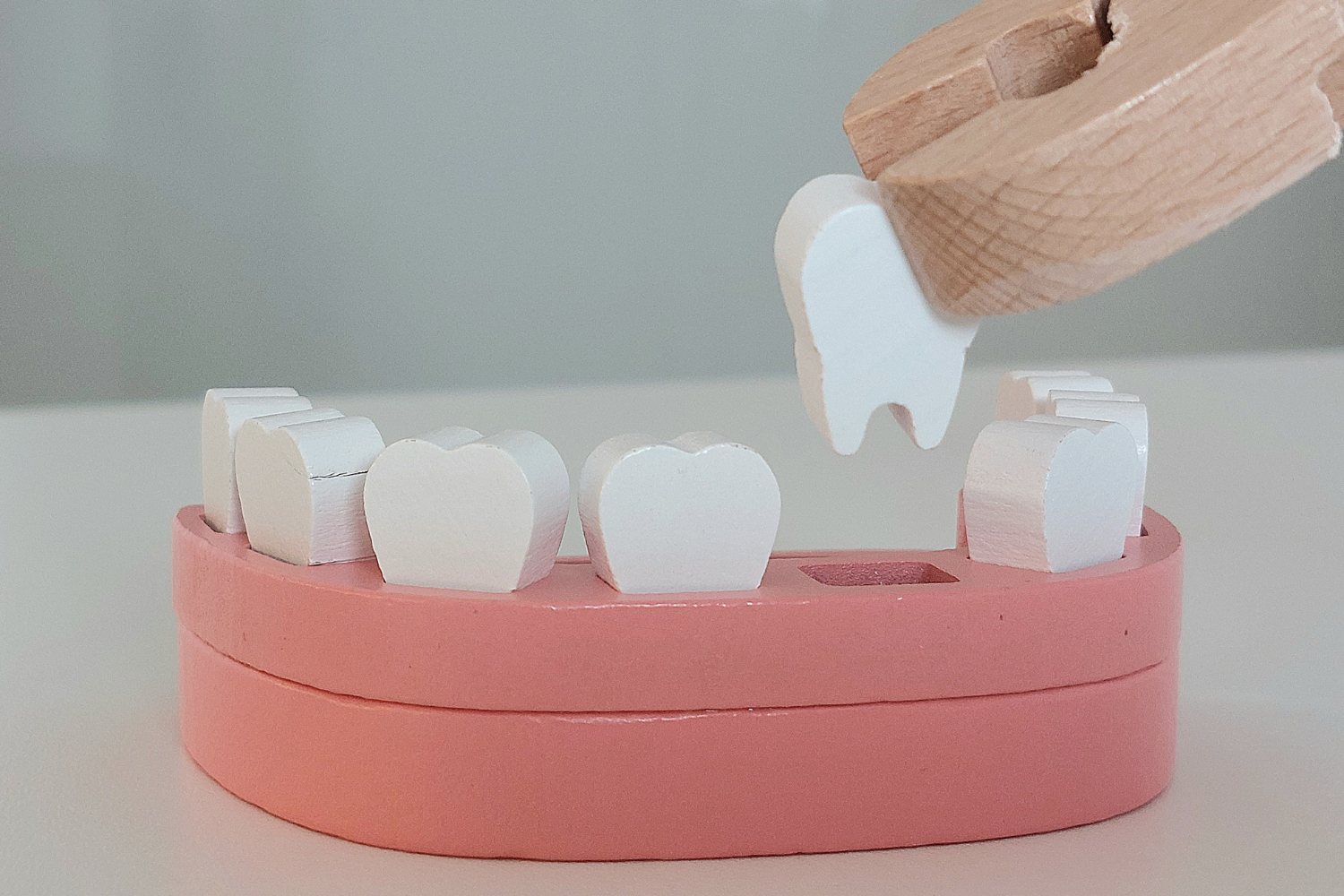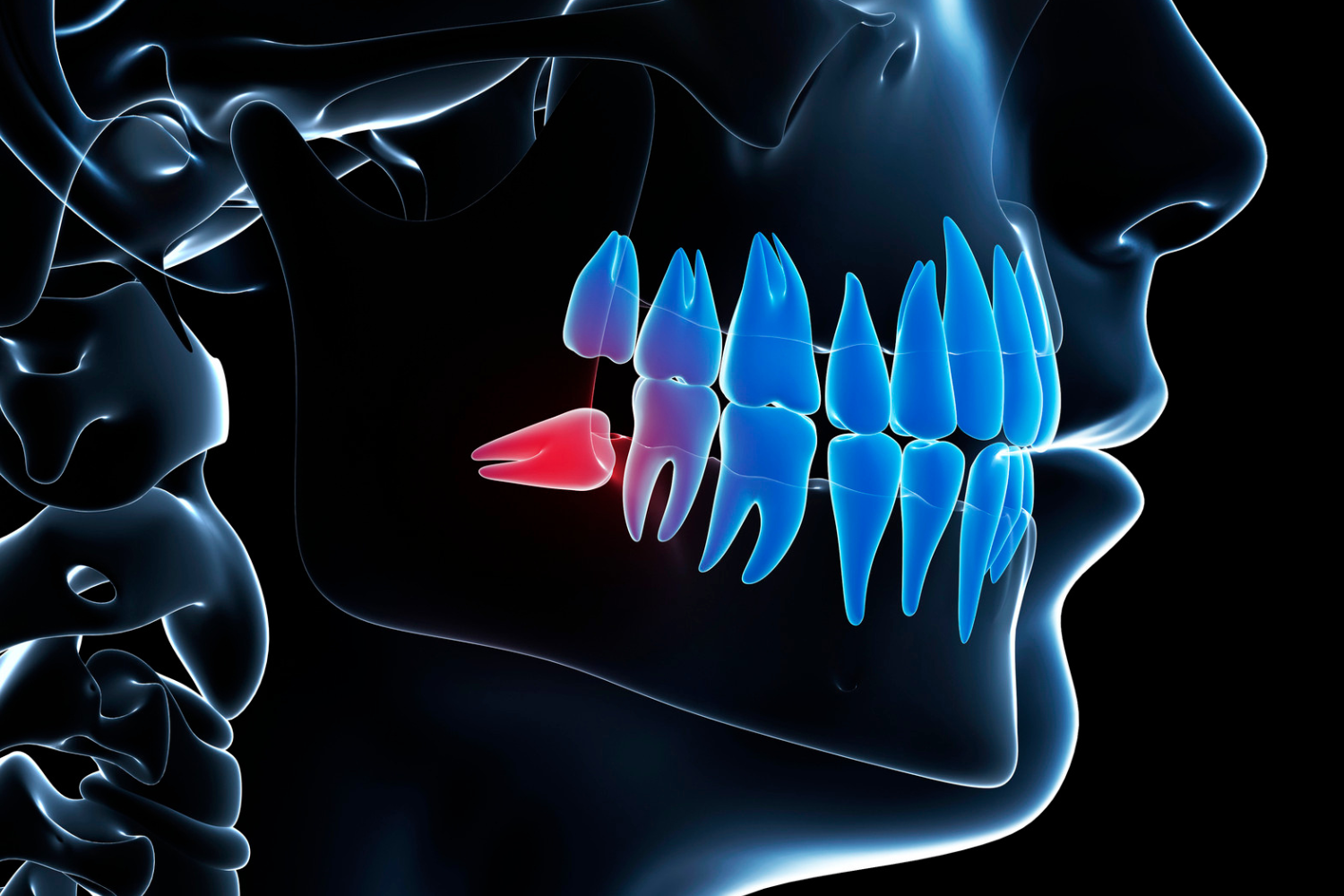Oral Surgery
Tooth Extraction – A Last Resort
Tooth extraction should always be considered a final option, performed only when all other attempts to preserve the tooth have been exhausted.
Modern dentistry, through endodontic and surgical procedures, often provides ways to extend a tooth’s lifespan and avoid extraction altogether.
Apicoectomy – Saving a Tooth Under a Prosthetic Restoration
An apicoectomy is a microsurgical procedure that removes the tip of the tooth root along with the surrounding inflamed tissue.
It is indicated when an infection recurs after previous root canal treatment and when removing an existing prosthetic restoration (such as a crown or bridge) is not desirable.
This procedure allows the dentist to preserve the natural tooth, prevent further infection, and prolong the lifespan of the existing prosthetic work.


Alveotomy and Cystectomy – Surgical Solutions for Complex Conditions
An alveotomy involves removing bone tissue to facilitate tooth extraction, most commonly used for impacted wisdom teeth.
A cystectomy is a surgical procedure that removes cysts in the jawbone that may develop as a result of untreated infections or developmental anomalies.
Both procedures are essential to prevent complications and restore the health and integrity of the surrounding bone and soft tissue.
Frenectomy – A Small Procedure with Big Results
A frenectomy is a minor surgical procedure that corrects or removes the frenulum — the small fold of tissue connecting the lip and gum or the tongue and floor of the mouth.
It is often performed in both children and adults to improve tongue and lip mobility, prevent orthodontic issues, or assist in clearer speech articulation.

